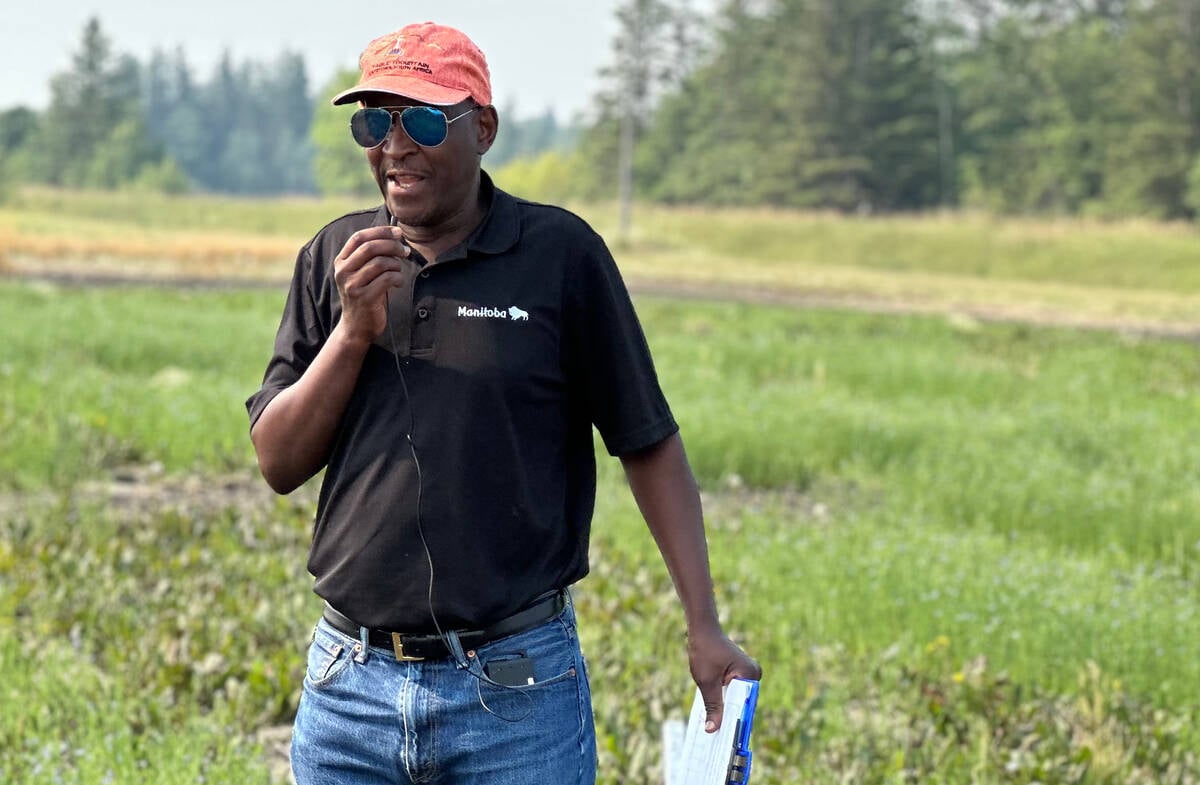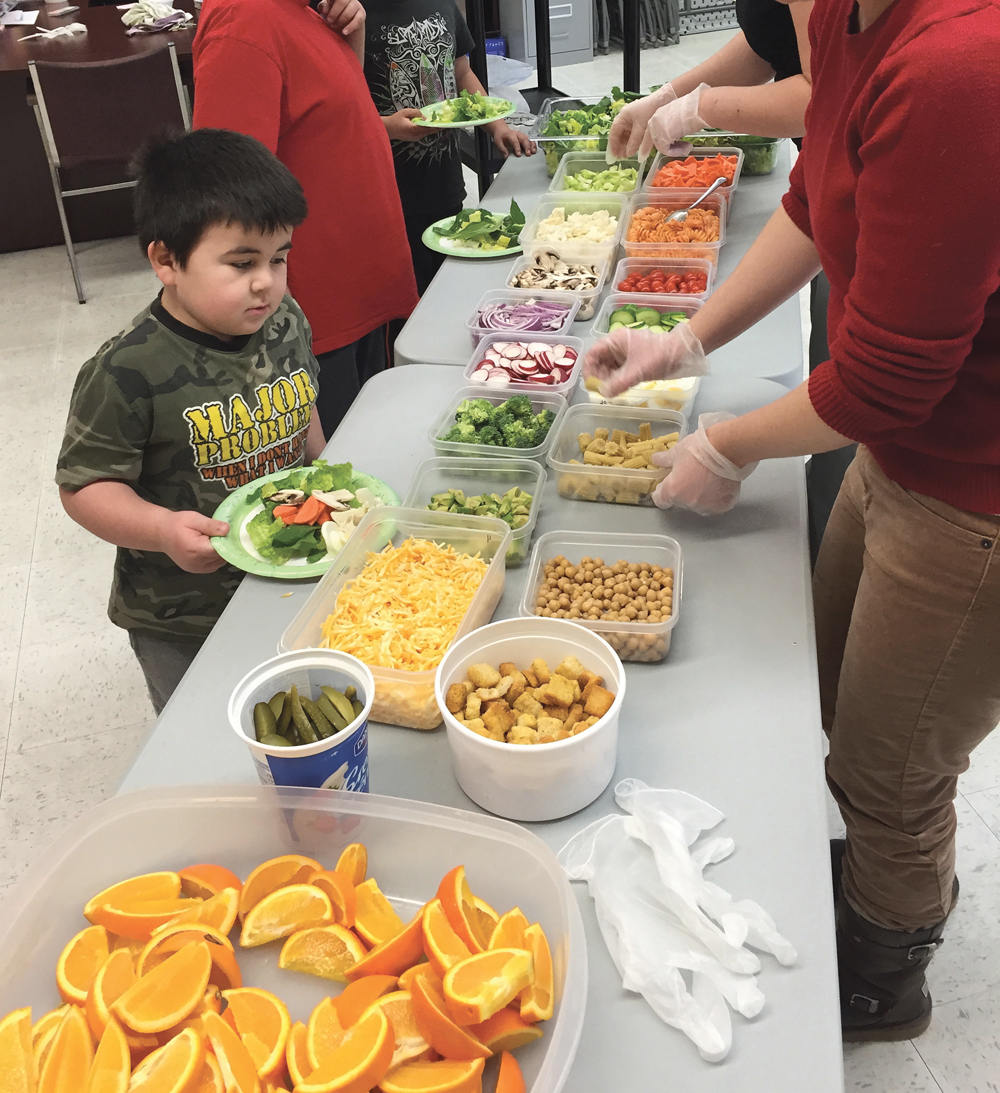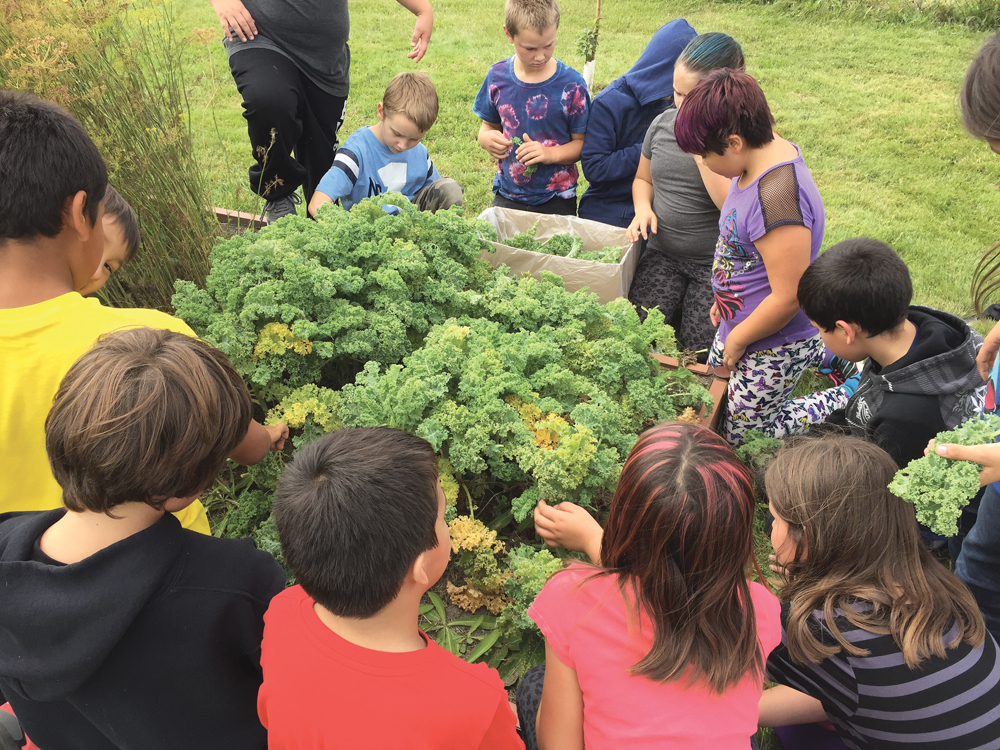It’s not unusual to see classes held outdoors at Alonsa Community School. Students regularly eat their lunch there too.
That’s because what they’re learning — and what they’re eating — comes from the school’s yard.
Two years ago, this tiny school of 130 students decided to dig up part of the schoolyard lawn and fill it with gardens and fruit trees. Picnic tables and park benches, and more recently, a greenhouse soon followed.
It began as an upgrade to the playground and coincided with efforts to start a recycling and composting program at the school.
Read Also

How much nitrogen can farmers really cut?
Manitoba fertilizer trials look for nitrification inhibitor sweet spot, to lower greenhouse gas emissions and cost without hurting yield.
Plus, say staff, only about half of their students, who also come from Amaranth, Kinosota and Reedy Creek, had gardens at home.
That’s despite this being a rural area, and a long drive for groceries; Alonsa is located in north-central Manitoba on the western edge of Lake Manitoba.
“There were a lot that didn’t know anything about gardening and composting,” said Brooke Gabel, high school science teacher.
But they do now. Alonsa’s school’s edible schoolyard has helped students improve their food choices too. The students were incredibly happy to taste the vegetables they’d grown themselves, say other staff. The school uses the garden to provide healthy snacks in the school canteen and meal programs.

“The kids are absolutely amazed that something is coming into their classroom that they grew and harvested and cleaned and cut up,” said Mindy Zalluski, educational assistant.
“They say how much better things taste.”
Volunteers in the area readily pitched in to help the school convert its yard. It was financially supported by a grant from Healthy Together Now and the Alonsa Conservation District that also assigned Green Team staff to care for the garden over summer while school was out.
“The conservation district was really proud to see this initiative happen in our community,” said Shawn Gurke, Alonsa conservation district manager.
“Our mandate is conservation education, and because of our location sustainable agriculture is a very important part of that,” he said. “This is another way to get kids to want to get outside and to teach them something at the same time. And they’ve learned to appreciate the value of having their own food source.”
The addition of the greenhouse is part of a longer-term plan. Students will be able to grow things to host their own farmers’ market. It can help with fundraising for events such as graduation. It’s also going to be a year-round classroom for learning to grow things.
“This year the (high school) science class will be participating in greenhouse activities,” he added. “I’m hoping that we’ll eventually see a full horticultural program in the school.”
Meanwhile, the schoolyard has become a community conversation piece.
People rave about how beautiful the schoolyard now looks. The students take pride in it too.
At first, some would thoughtlessly snap branches off trees, said Zalluski.
“They didn’t seem to realize that if you break a limb it’s not going to grow,” she said. “It took some educating and lots of talking, but now we have kids running around saying, ‘don’t touch the trees, you’ll kill the trees. We want them to grow so we can get apples and pears.’”
Gurke said other CDs are impressed every time he talks about what’s happening in Alonsa. Despite growing interest in local food, it’s not all that common yet in rural Manitoba to see schools converting yards to gardens.
“I’d be more than willing to share what I can to help other CDs and schools get involved with this,” he said.
















